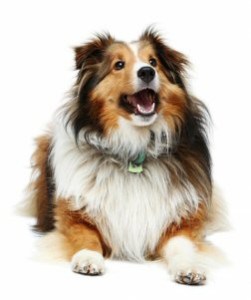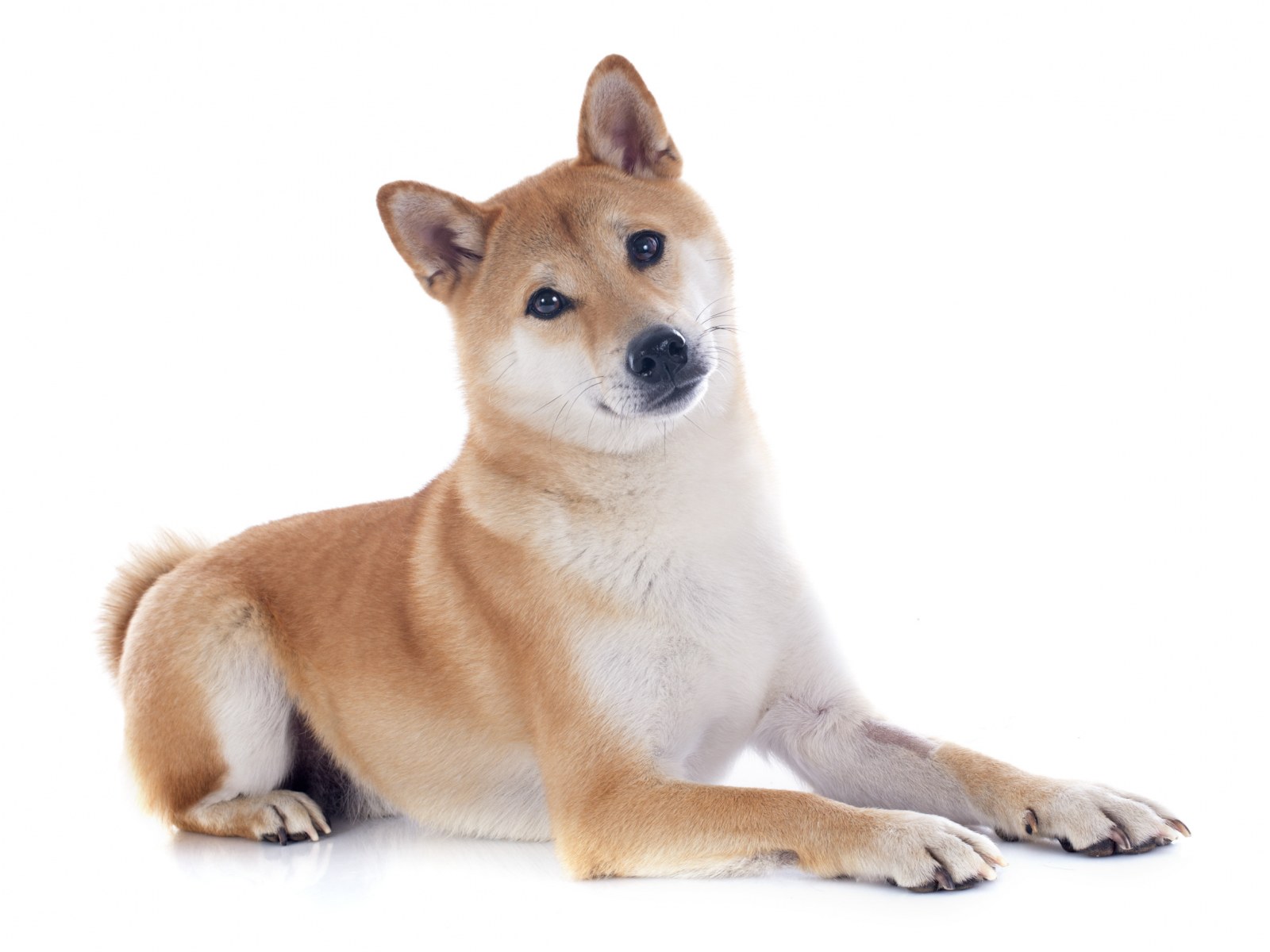 Shelties need to have their toenails cut regularly. Overgrown nails can interfere with movement and hinder your Sheltie’s movement and walking ability. There are a variety of types of nail trimmers for dogs. Cutting the toenails with a Guillotine-style clipper work quite well for a Sheltie. To use these, place the toenail inside the metal loop, align the upper and lower blades with the area to cut, and squeeze the clipper handles.
Shelties need to have their toenails cut regularly. Overgrown nails can interfere with movement and hinder your Sheltie’s movement and walking ability. There are a variety of types of nail trimmers for dogs. Cutting the toenails with a Guillotine-style clipper work quite well for a Sheltie. To use these, place the toenail inside the metal loop, align the upper and lower blades with the area to cut, and squeeze the clipper handles.
To determine if your Sheltie’s nails need to be trimmed, stand him on the grooming table and examine them. None of the nails should touch the surface of the table. Notice that each toenail curves and tapers into a point. If the toenail is light, you will see the pink interior, or the “quick”. This is the blood supply. Just below the quick is the curved tip of the nail that needs to be removed. If the nails are dark, illumination with a penlight to find the quick may be helpful.
If the toenails are too dark to differentiate where the quick ends, cut the tip of the nail where it begins to curve. Cut only the very tip of the toenail. If you cut too close, stop the bleeding by applying styptic powder or a styptic stick (human shaving sticks).
A nail grinder can be used to trim nails and smooth the tips. Use caution so that you do not overheat the nails while using the nail grinder. Trim your Sheltie’s toenails before you trim his feet.
Feet
Use blunt-tipped scissors to trim around the feet and footpads. Comb the hair between the toes and on the top of the foot up, and then trim. This technique makes the foot look naturally neat and trim without giving it a straight, severe, sharp-cut look.
Excessive hair between the toes causes the foot to splay. Keeping the feet neatly trimmed prevents mats, dirt, foreign objects (such as grass awns and stickers), and excess moisture (leading to bacterial growth and sores) from accumulating between the toes.
Good to know: Dewclaws (vestigial digits located where a “thumb” would be) are usually removed at three days of age, but if your Sheltie has dewclaws, trim them. Untrimmed dewclaws can snag and tear, or grow into footpads and tissues, causing pain and lameness.
Pasterns and Hocks
There are different ways to trim the pasterns and hocks. Some of the techniques vary according to what is currently fashionable in the show ring.
Pasterns: Pull the front leg forward so you can see the back of the footpad. Comb the hairs on the pastern straight out, perpendicular to the ground. Starting at the back of the footpad, using a large pair of scissors or shears, trim the loose hairs all the way up to the small pad on the back of the forelimb. Do not trim the “feathering” above the pad!
Hocks: Stand your Shetland Sheepdog on the grooming table and comb the hair on the hocks straight out, perpendicular to the ground. Starting slightly below the hock joint, trim away uneven and stray hairs in a straight, vertical line using long, curved shears.
Curved shears are better to use than regular scissors, because they make the trimmed area look natural, rather than having a sharp, harsh appearance. Next, comb the hair on the hock to the inside of the leg, and again trim in a vertical line, removing uneven hairs.
Finally, comb the hair on the hock to the outside of the leg and trim away remaining stray hairs in a vertical line. The hair on the hock should now have a smooth, rounded, tidy, and natural appearance.

